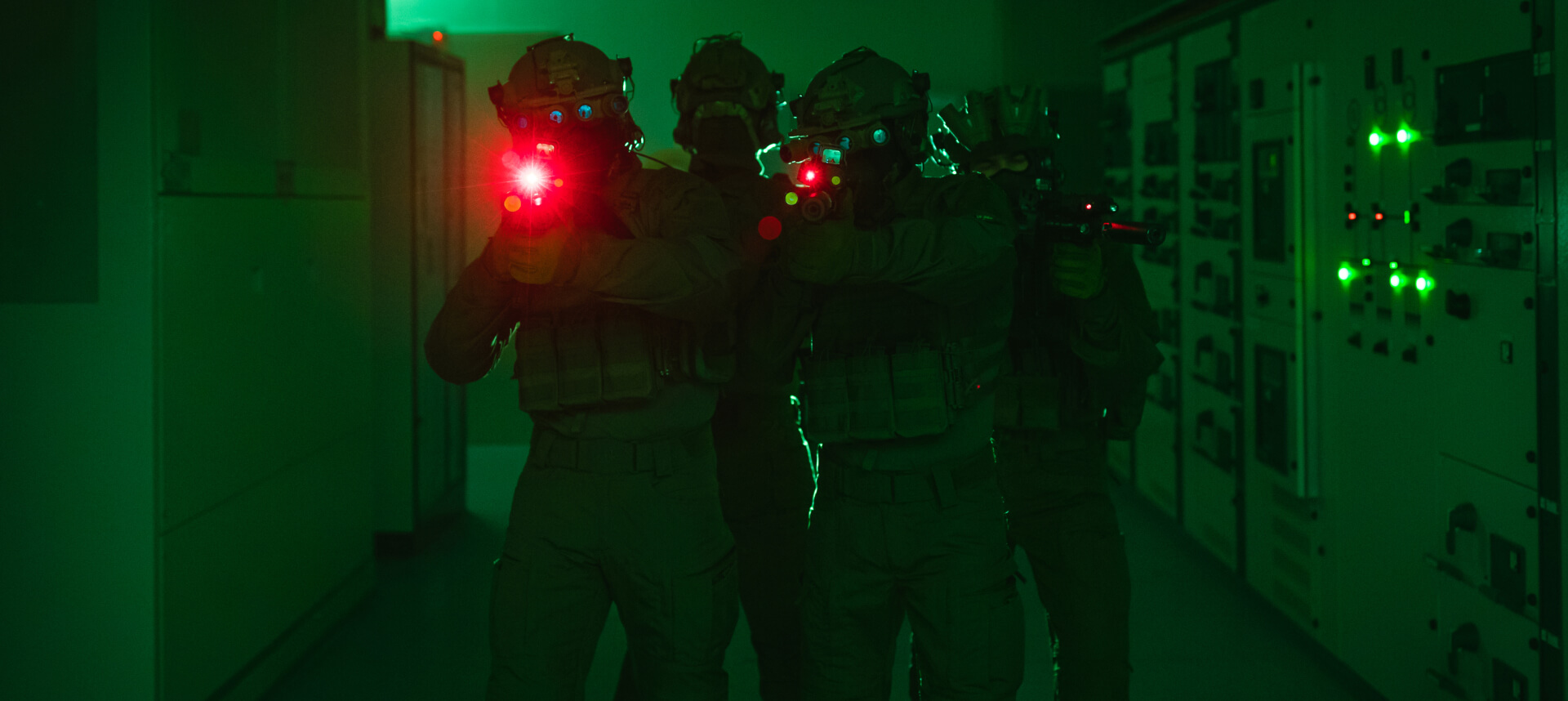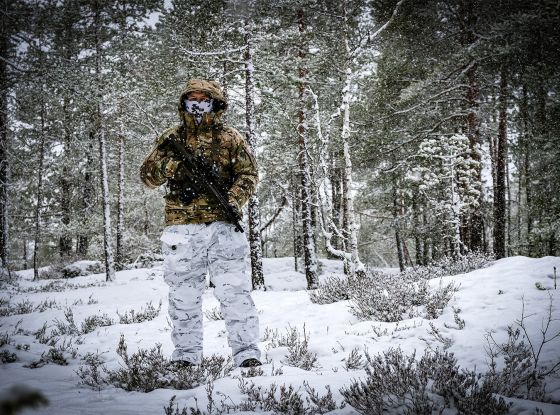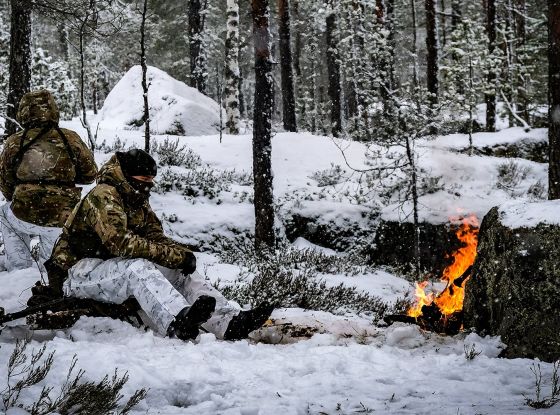In the field, staying undetected isn’t a luxury; it’s survival. Whether you're on a recce mission in the deserts of the Middle East or deep in the jungles of Southeast Asia, mastering your stealth game can mean the difference between slipping past an enemy unnoticed or walking into an ambush.
In this blog post:
Stealth gear isn’t just about blending in—it’s about erasing your presence across sound, sight, and heat signatures. Here’s how you can maximize your stealth and minimize your risk, drawing from lessons learned in some of the toughest environments.
What Defines Stealth Gear?
Stealth gear ensures you leave no trace—audible, visible, or thermal. In hostile environments, where detection means death or mission compromise, this is non-negotiable. Let’s dissect how it works across key domains, including modern footprint reduction techniques.
1. Sound Suppression
Sound travels far, especially in quiet deserts or echo-prone urban ruins. You’ve probably experienced how a single misplaced step on loose gravel or a noisy Velcro strap can carry in the stillness of night. That’s why sound suppression is crucial.
-
FABRIC SELECTION FOR SILENT GEAR
Soft, noise-dampening fabrics like microfleece or brushed nylon are your allies. These materials absorb the rustling that happens when you’re moving.
Gear with mesh lining can reduce friction noise while allowing for breathability—a win-win for those long patrols under the sun. Such materials are at the core of auditory stealth, allowing you to move through the field without drawing attention.
-
SEAM AND FASTENER DESIGN
Forget standard zippers or Velcro; those sounds will betray you faster than a squeaky floorboard. Look for gear with magnetic closures, low-noise clips, or pull-tab systems that make no sound.
In an abandoned building sweep, such a setup might save you from being detected by a patrol you didn’t see coming. Including acoustic decoys in your strategy can further divert attention, masking unavoidable sounds with deliberate misdirection.
-
TACTICAL ADVANTAGES OF SOUND SUPPRESSION
In close-quarters environments, like the dense urban sprawls, keeping your movements silent means you can approach, breach, clear, and exfil without raising alarms.
Sound suppression isn’t just about moving quietly. It’s about eliminating any chance of being heard when you’re adjusting your kit, drawing a weapon, or communicating with hand signals. This level of noise discipline is vital for Camouflage, Concealment, and Decoys (CCD) strategies.
SUBSCRIBE TO UNLOCK OUR EXCLUSIVE CONTENT
Enter your email and get timely updates and relevant intel on tactical topics directly to your inbox.
You are signing up to receive updates via e-mail from which you can opt out at any time. Visit our privacy policy for more info.
2. Visual Concealment
Visual stealth is about blending into your surroundings, whether it’s the dry scrublands or the dense forests. Every terrain presents unique challenges, but the fundamentals of visual concealment stay the same.
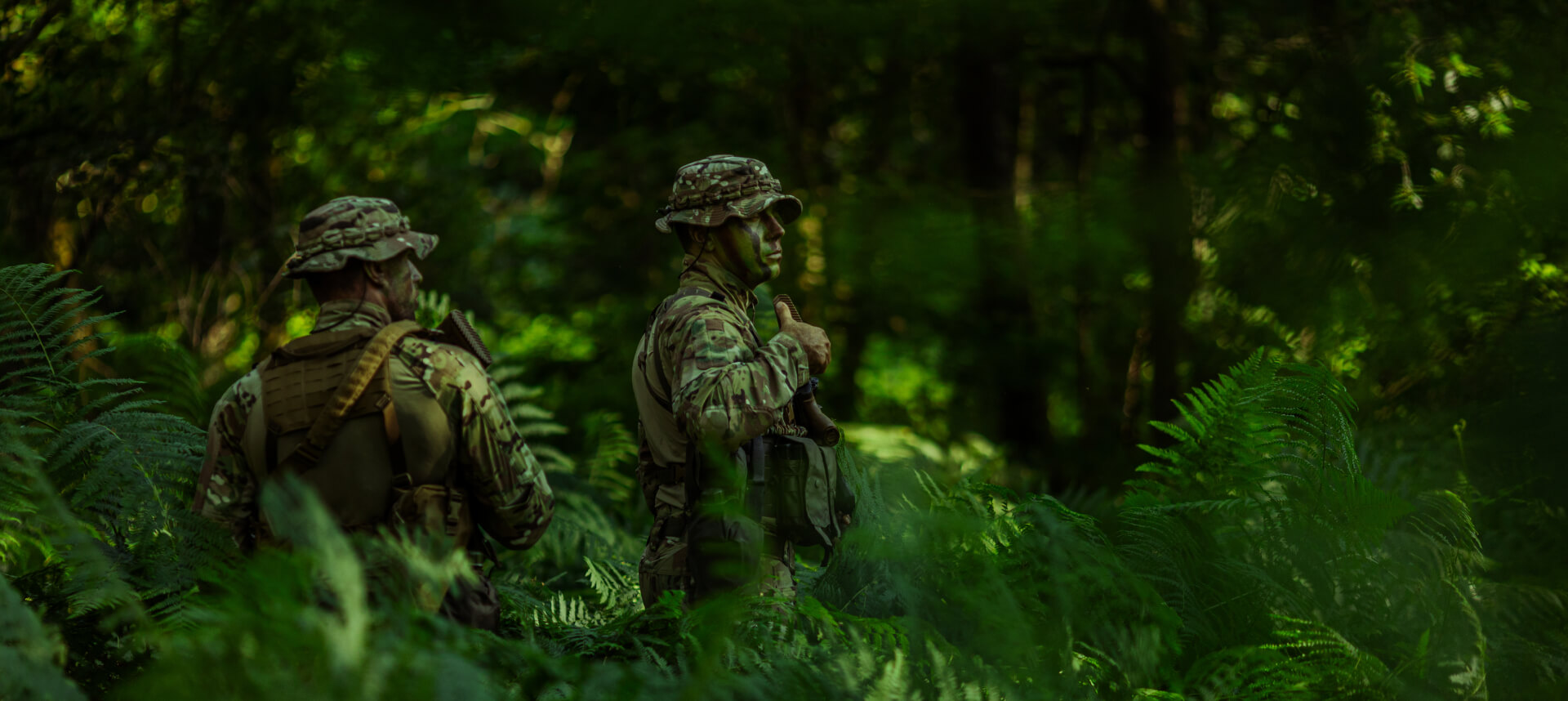
-
CAMOUFLAGE PATTERNS FOR EVERY ENVIRONMENT
Your camo must match the environment, period. A mismatched pattern stands out like a flashlight in a blackout. Woodland camo works in temperate forests but gets you spotted fast in a desert.
Swapping a standard-issue camo for local attire will most likely blend you with the environment, so enemy scouts won’t even glance your way. This is a classic example of environmental manipulation.
-
MATTE FINISHES TO AVOID DETECTION
Anything reflective—like shiny gear buckles or weapon optics—can give you away. Gear with matte finishes ensures you don’t catch the light and alert someone from a mile away. This is especially critical under surveillance or when crossing open ground at dusk.
-
MODULARITY IN DESIGN
Breaking up your silhouette is essential in areas with sparse cover. Modular systems, like attachable ghillie components or scrim nets, distort your outline, making it harder for observers to recognize the human form.
In an overwatch position in the Balkans, modular add-ons might allow you to blend into rocky terrain, even under the glass of enemy spotters.
3. Managing Heat Signatures
Thermal optics are a nightmare if you’re not prepared. Whether it’s a drone scanning the jungle canopy or enemy patrols with FLIR-equipped scopes, heat management can keep you off their radar.
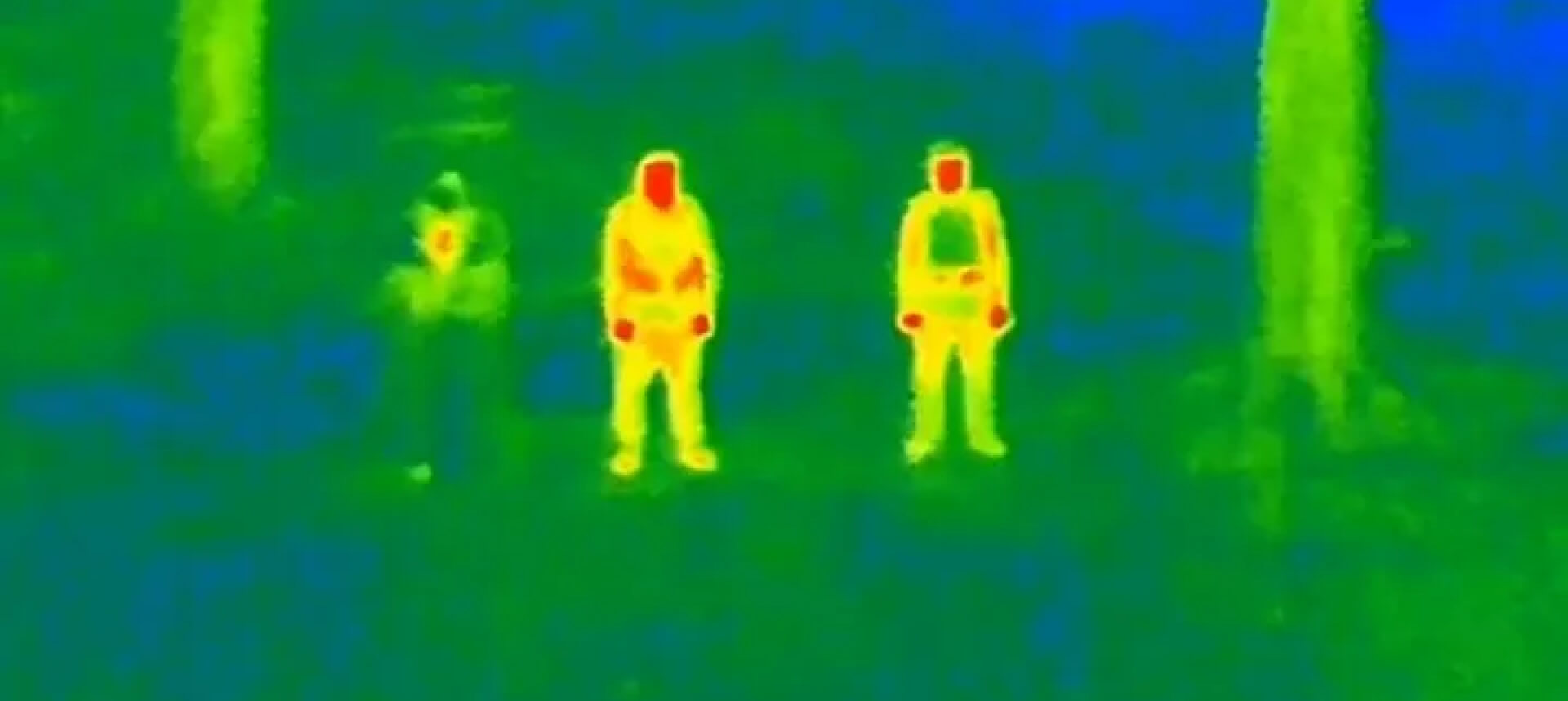
Image source: Medium
-
IR-REDUCING FABRICS
IR-reducing fabrics are your best friend. They reflect less heat, making you harder to pick up on thermal imaging. During nighttime ops, these fabrics help avoid detection by UAVs scanning for insurgent movement. This technique significantly enhances infrared and thermal signature management.
-
VENTILATION AND INSULATION TECHNIQUES
Balancing body temperature is key. Overheat, and your thermal signature flares; get too cold, and you risk fatigue. Stealth gear with integrated ventilation panels or insulation layers helps maintain a stable temperature.
In tropical humidity especially, ventilated fast-drying layers keep you from overheating while still minimizing your thermal output.
-
LAYERING SYSTEMS FOR ADAPTABILITY
Conditions change fast—hot days turn into cold nights. Layering systems let you adapt without exposing yourself. Shed layers when you’re moving, add them when you stop.
On a recon mission, you might spend more time changing your clothes to match the terrain than you'd care to admit. The ability to adjust layers silently keeps you comfortable and undetected during long periods of observation, a vital component of maintaining multisensory stealth.
Integrating the Three Pillars of Stealth
True stealth comes from combining sound suppression, visual concealment, and heat management. It’s about moving silently, staying invisible, and evading even the most advanced detection tools. The best stealth gear integrates all three elements seamlessly.
Consider combat pants with silent fabric, a camo pattern tailored for the terrain, and ventilation systems that regulate body heat. This kind of integration keeps you ready for anything, whether you’re patrolling the arid hills of Afghanistan or laying low in the forests of Eastern Europe.
Final Thoughts
Stealth is about more than just disappearing; it’s about controlling the narrative on the battlefield. Your gear is only as good as your ability to use it intelligently. The terrain is never static, and neither is the threat.
Whether slipping through a city under curfew or navigating dense jungle trails, staying undetected means anticipating every move the enemy might make.
The reality? Stealth isn’t invincibility. Adversaries constantly improve detection methods—thermal drones, acoustic sensors, and advanced optics. You can’t rely solely on gear; you need to think several moves ahead. This isn’t just concealment; it’s battlefield deception.
Adaptability is your greatest weapon. Stealth isn’t a one-size-fits-all solution—it’s about customizing your approach to the mission. Mastery means controlling not only what the enemy sees but what they expect to find.
Stealth is your force multiplier, making you the ghost they’ll never catch.

